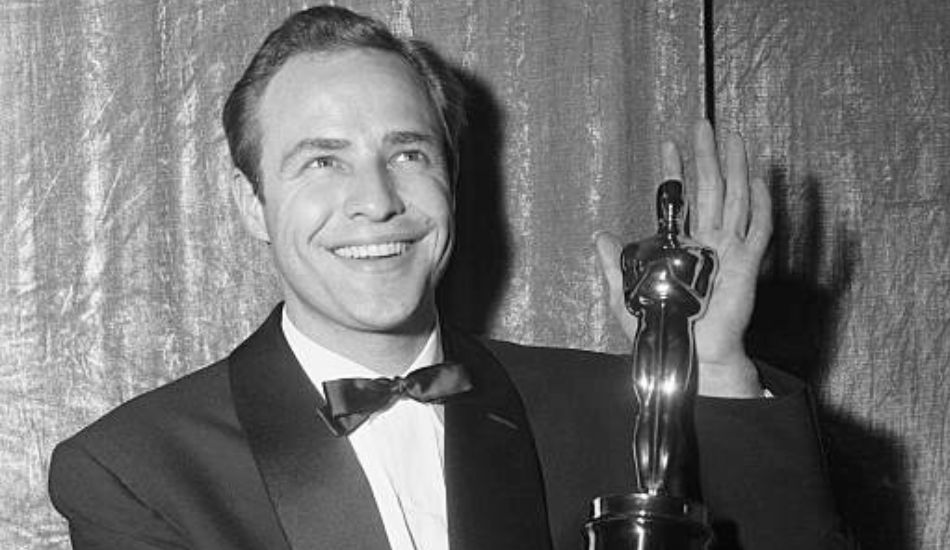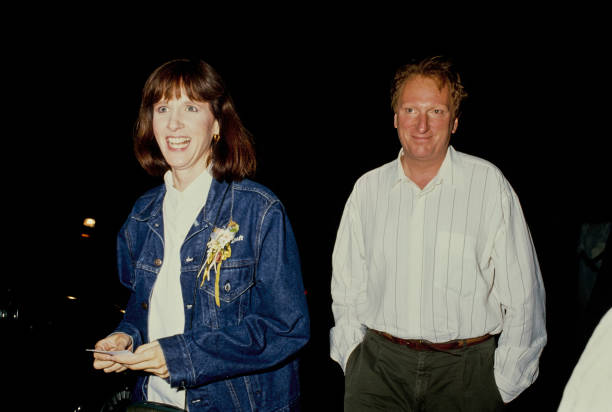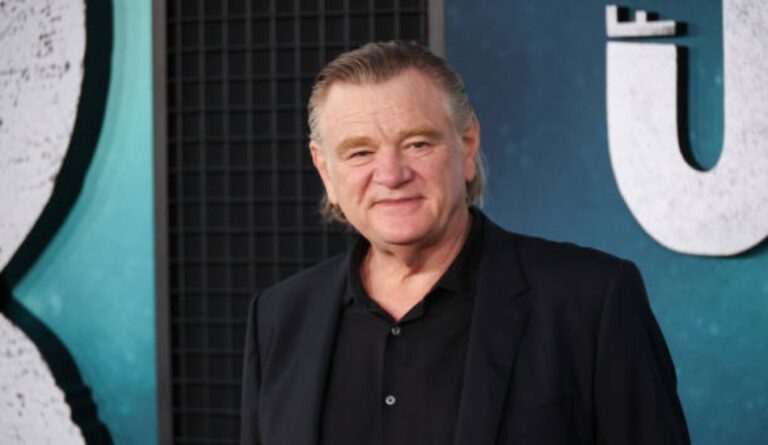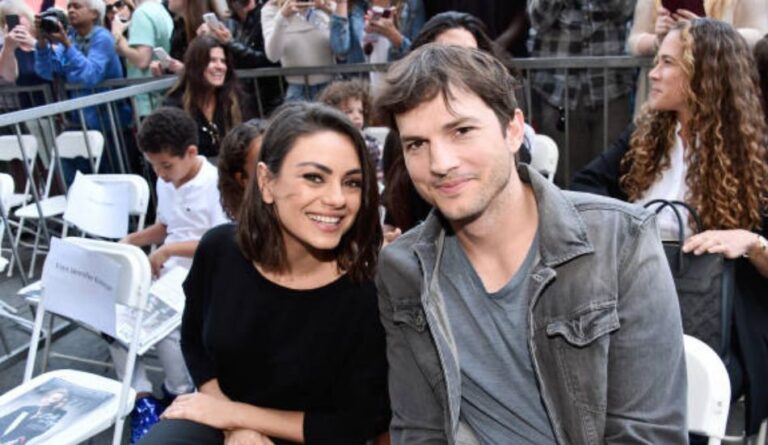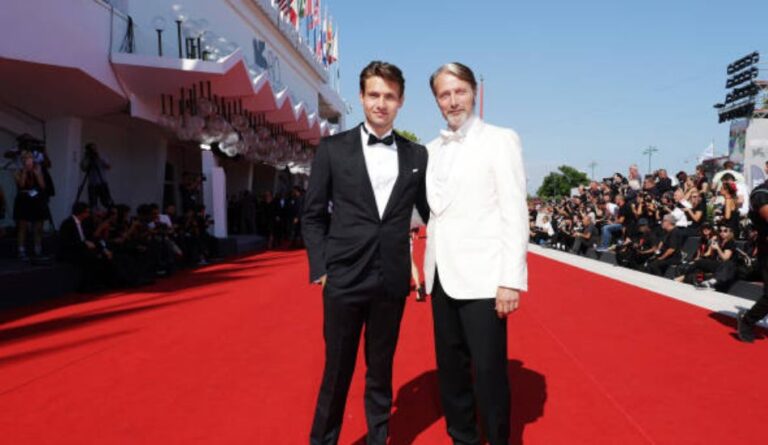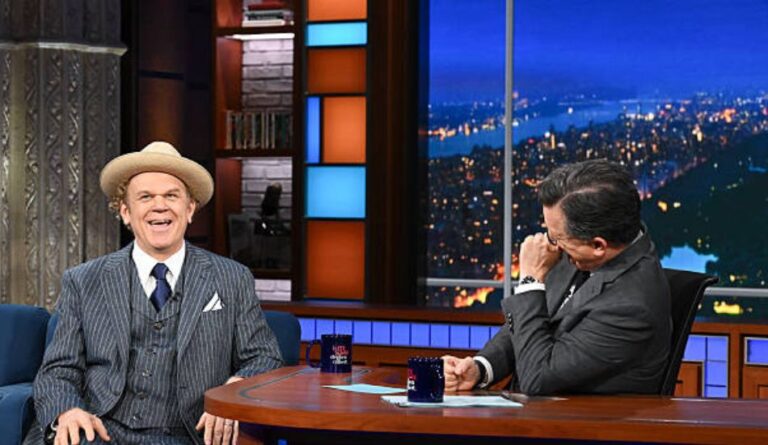Marlon Brando Movies: A Timeless Legacy of Cinema’s Most Influential Actor
Introduction
When the conversation turns to the greatest actors in cinematic history, Marlon Brando’s name always leads the list. A pioneer of method acting, Brando’s performances redefined authenticity in film, influencing countless actors across generations. From his electrifying screen debut to his haunting final roles, his body of work is a masterclass in emotional depth, intensity, and subtle brilliance.
In this long-form article, we explore Marlon Brando’s movies in order, delve into his life, education, career highs and lows, and examine why his legacy endures even decades after his death. Whether you’re searching for the best Marlon Brando movies, curious about his early life, or wondering about his last film appearance, this is your definitive guide.
Who Is Marlon Brando?
Marlon Brando Jr., born on April 3, 1924, in Omaha, Nebraska, was an American actor and activist who revolutionized Hollywood with his emotionally raw performances and anti-establishment ethos. Brando rose to prominence in the early 1950s and quickly became the poster child for rebellious masculinity on-screen.
His unique approach to acting, heavily influenced by Stella Adler and The Actors Studio, emphasized internal emotion over theatricality—a major departure from the acting style of the time. This method acting made him a cultural icon and earned him critical acclaim throughout his life.
Marlon Brando: Age, Birthday, and Education
Born into a troubled family, Brando showed early signs of artistic rebellion. After being expelled from several schools, including Shattuck Military Academy, he moved to New York City in the 1940s and began studying acting under Stella Adler, a prominent disciple of Konstantin Stanislavski.
Adler instilled in Brando the emotional truth of acting, which became his signature. He later joined The Actors Studio, where he studied under Lee Strasberg and became part of a movement that would forever change American cinema.
Brando passed away on July 1, 2004, at the age of 80. He left behind a legacy unmatched in emotional resonance and cultural impact.
Marlon Brando Movies in Order: A Chronological Masterpiece
Let’s walk through Marlon Brando’s movies in order, highlighting both critical hits and overlooked gems:
1. The Men (1950)
Brando’s first film role as a paraplegic war veteran was already award-worthy. His immersive preparation for the role—a hallmark of method acting—set a new benchmark for realism in Hollywood.
2. A Streetcar Named Desire (1951)
Adapted from Tennessee Williams’ play, Brando reprised his Broadway role as Stanley Kowalski, delivering a visceral performance that exploded on screen. It earned him his first Academy Award nomination.
3. Viva Zapata! (1952)
Playing Mexican revolutionary Emiliano Zapata, Brando scored another Oscar nomination. Directed by Elia Kazan, the film showcased Brando’s ability to embody historical figures with authenticity.
4. Julius Caesar (1953)
Brando defied critics with his Shakespearean role as Mark Antony, earning praise for his controlled and articulate delivery.
5. The Wild One (1953)
“What are you rebelling against?” asked a townie. “Whaddya got?” replied Brando’s biker rebel Johnny Strabler. The film made him an icon of 1950s counterculture.
6. On the Waterfront (1954)
Widely regarded as one of the greatest performances in film history, Brando’s portrayal of dockworker Terry Malloy earned him his first Oscar win. His line “I coulda been a contender” remains legendary.
7. Guys and Dolls (1955)
Brando surprised critics by holding his own in this musical opposite Frank Sinatra, playing gambler Sky Masterson with suave charm.
8. The Teahouse of the August Moon (1956)
Brando’s decision to play a Japanese interpreter sparked controversy, but the film remains a part of his diverse filmography.
9. Sayonara (1957)
Another Oscar-nominated performance, Brando played an Air Force pilot who falls in love with a Japanese woman, confronting themes of racism and cultural identity.
10. One-Eyed Jacks (1961)
Brando’s only directorial project, this Western is now considered a cult classic. Initially panned, it has been reappraised for its psychological depth and stunning cinematography.
11. Mutiny on the Bounty (1962)
Despite production issues and overblown budgets, Brando’s performance as Fletcher Christian remains a memorable one.
12. The Godfather (1972)
As Don Vito Corleone, Brando redefined what it meant to be a screen legend. His performance won him a second Oscar, which he famously declined to protest Hollywood’s portrayal of Native Americans.
13. Last Tango in Paris (1972)
A raw, controversial film that showed Brando at his most emotionally exposed. Though divisive, it remains a pivotal moment in his career.
14. Superman (1978)
In a surprising turn, Brando played Jor-El, Superman’s father. He reportedly earned over $3 million for less than 20 minutes of screen time. Brando’s gravitas gave the film a mythic tone.
15. Apocalypse Now (1979)
Brando’s turn as the enigmatic Colonel Kurtz in Coppola’s Vietnam War epic is haunting and unforgettable. Shot in near darkness due to Brando’s weight gain and improvisations, it became one of his most complex portrayals.
16. The Freshman (1990)
A rare comedic role where he spoofed his own Godfather image alongside Matthew Broderick.
17. The Island of Dr. Moreau (1996)
Though plagued by production chaos, Brando’s eccentric performance is a curiosity in his later years.
18. The Score (2001)
Brando’s last movie was a heist thriller co-starring Robert De Niro and Edward Norton. Despite reports of on-set tension, the film holds up well and marks the end of a legendary career.
Marlon Brando Young vs. Marlon Brando Old: A Visual Journey
In his youth, Marlon Brando young was considered the epitome of rugged masculinity and rebellious sex appeal. Films like The Wild One and Streetcar immortalized his brooding looks and charisma.
As Marlon Brando aged, he became reclusive and eccentric. By the 1990s, his appearances were rare, and his once-chiseled face showed the marks of time, illness, and isolation. Despite these changes, his screen presence remained magnetic.
The Superman Chapter
Brando’s role in Superman marked a commercial high point. Playing the Kryptonian scientist Jor-El, he brought gravitas to a genre film and helped elevate comic book movies into legitimate cinema. It also marked one of the most expensive acting gigs per minute of screen time in film history.
Marlon Brando Last Movie and Final Years
Brando’s final screen performance was in The Score (2001). Although he clashed with director Frank Oz, the film remains a fitting swan song—a thriller involving precision, legacy, and passing the torch to a younger generation of actors.
After retiring from acting, Brando lived a mostly private life in Los Angeles. He passed away on July 1, 2004, from respiratory failure, linked to pulmonary fibrosis. He also struggled with diabetes and heart problems.
Marlon Brando Cause of Death
Brando’s cause of death was officially listed as respiratory failure due to pulmonary fibrosis. He also suffered from congestive heart failure and diabetes in his final years. Despite his health issues, Brando remained mentally sharp and spiritually rebellious till the end.
Marlon Brando Last Photo: A Quiet Goodbye
One of the last photos of Marlon Brando shows him in a wheelchair, slightly frail but still possessing that unmistakable presence. These images are poignant reminders of a man who once lit up the screen with fire and fury.
Why Marlon Brando Still Matters
Marlon Brando wasn’t just an actor—he was a cultural movement. His roles weren’t just characters; they were embodiments of social change, emotional vulnerability, and artistic freedom. From reshaping American masculinity in The Wild One, to revolutionizing acting in On the Waterfront, to exploring raw intimacy in Last Tango in Paris, Brando always pushed boundaries.
If you’re a film buff, an acting student, or someone exploring classic cinema, Marlon Brando’s movies are essential viewing. His legacy lives not just in his films, but in the way we understand acting, celebrity, and authenticity.
For more deep dives into legendary cinema and cultural icons, be sure to visit our blog at Chopmagazine.com—where storytelling meets timeless entertainment.

